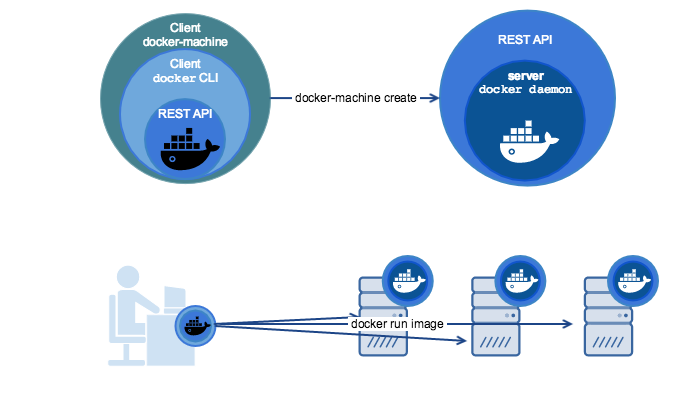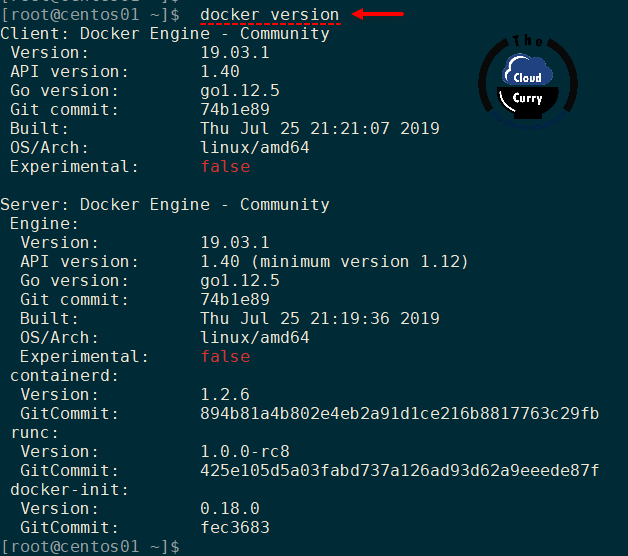
- KITEMATIC DOCKER DAEMON START HOW TO
- KITEMATIC DOCKER DAEMON START INSTALL
- KITEMATIC DOCKER DAEMON START CODE
- KITEMATIC DOCKER DAEMON START DOWNLOAD
- KITEMATIC DOCKER DAEMON START MAC
Once the installation of the Docker library is complete, we are ready to start using Python to interact with our Docker engine. This library allows us to interact with the following Docker objects:

KITEMATIC DOCKER DAEMON START INSTALL
From there, we will invoke the package manager for Python (PIP) to install the Docker library as follows: $ pip3 install docker Open a new terminal on your local machine.
KITEMATIC DOCKER DAEMON START CODE
Visual Studio Code is the obvious choice in my case although you can use your computer's native terminal in case you prefer. Use of a strong IDE for writing and running the Python code.Have Python v3 installed, along with its package manager.
KITEMATIC DOCKER DAEMON START HOW TO
In this article, I will show you how to use Docker’s SDK for Python to create and manage SQL Server containers. This SDK can be used to create and manage Docker containers the same way it works with the Docker engine API. Docker also provides an SDK for Go and Python.
KITEMATIC DOCKER DAEMON START MAC
Copy the scripts you generated above to your Mac where you can easily get to them from the Terminal.Run the scripts against your SQL Server running in Docker When finished, repeat the steps to script out your Views, Stored Procedures, and UDFs, if necessary.Ģ. I chose to "Check for object existence," "Script DROP and CREATE," and set "Types of data to script" to "Schema and data."Ĭhecking for object existence and DROP/CREATE allows me to re-run the same script against an existing database, if I want to reset it back to its original state.Ĭhoose a location to save your scripts. I chose to separate my table and data scripts from my Views, Stored Procedures, User-Defined Functions, etc. Right-click on your database, and choose Tasks -> Generate Scripts. bak file into your Docker container.Īnother option is to use sql-cli to run the scripts to recreate a database running in Docker.įirst step is to use SQL Server Management Studio to generate scripts from an existing database. Note: Change the paths and names, such as dogfood and container-name to match the name of your database and Docker container. You'll need to use Docker commands from the Terminal to copy the backup file into the container, and restore the database. The details of this step I leave to you, dear reader. Next, locate the backup file on your Windows machine and copy the file to your Mac. Note where the backup file will be created, modify if necessary.bak) created on Windows! You can start by creating a backup of your existing database using SQL Server Management Studio running on your Windows PC/Server. Yes, you can restore a SQL backup file (. If you're like me, you have a SQL database you use for development you want to move to your new SQL container running on your Mac. Getting an existing SQL database into Docker You can now query and execute SQL Server commands from the mssql> prompt.
KITEMATIC DOCKER DAEMON START DOWNLOAD
Download and install Node.js, if you don't already have it.įrom the Terminal, install sql-cli globally, so you can use it anywhere. Sql-cli is a useful command-line tool for SQL Server. You can then use Kitematic to view the output of your containers, manage their settings, etc. The first time you click Open Kitematic, it will prompt you to download and install it. Kitematic is a nice desktop application for managing Docker containers. microsoft/mssql-server-linux: this final parameter tells Docker which image to use.SQL Server, by default, listens for connections on TCP port 1433. -p 1433:1433: this maps the local port 1433 to the container's port 1433.-e 'MSSQL_PID=Developer': this sets an environment variable to instruct SQL Server to run as the Developer Edition.-e this sets an environment variable for the sa database password.This is required to run SQL Server for Linux. -e 'ACCEPT_EULA=Y: this sets an environment variable in the container named ACCEPT_EULA to the value Y.-name name_your_container: give your Docker container a friendly name, which is useful for stopping and starting containers from the Terminal.-d: this launches the container in daemon mode, so it runs in the background.


You should now have SQL Server running on your Mac, ready for action! Enter fullscreen mode Exit fullscreen mode


 0 kommentar(er)
0 kommentar(er)
